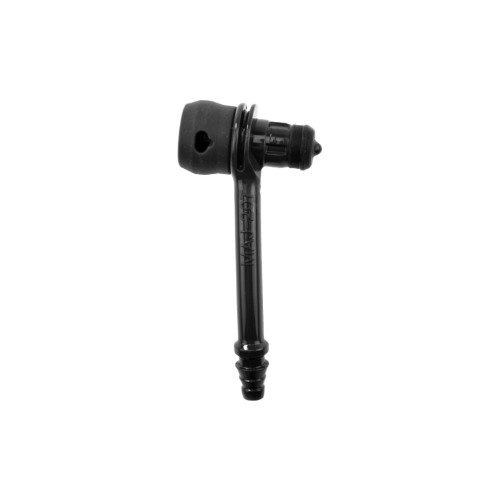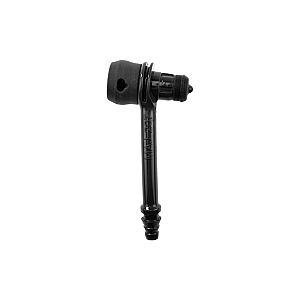The Olympus MAJ-207 is a suction piston designed specifically for the BF-160 series of bronchoscopes. Used to remove liquids and debris that obstruct visibility during endoscopic procedures, it fits directly into the endoscope's working channel port. Manufactured to ensure optimal compatibility and secure attachment, it allows for simple and efficient handling during examinations. Intended for repeated but limited use (maximum 6 examinations), this piston guarantees consistent performance when used in accordance with recommendations. Its design complies with strict medical hygiene, safety and durability standards.
MAJ-207 Suction Piston - Good Condition


Description
Olympus MAJ-207 Suction Piston – Controlled Performance for the BF-160 Series
The MAJ-207 is an essential accessory for suction during endoscopic procedures performed with Olympus BF-160 series bronchoscopes. It is a manual suction piston designed to ensure the effective removal of fluids or residues that may obstruct the view during a bronchial examination. The user applies pressure with the index finger to the piston, which triggers the suction mechanism integrated into the endoscope. This system helps maintain a clear and stable endoscopic image, which is essential for the smooth running of the procedure.
The MAJ-207 is designed to attach securely to the suction cage of the endoscope. Correct engagement is necessary to prevent any gaps between the base of the piston and the device, which could otherwise cause biological material to be projected. No lubricant is required for installation, as improper lubrication could damage the seals and compromise its operation. It is inserted into the suction cylinder by pressing it in, following a visual mark on the endoscope body to ensure proper alignment.
This model is reusable but limited to a maximum of six examinations. Beyond this, its use may present risks of degraded performance and cross-contamination. It is therefore essential to carry out a thorough visual inspection before each use. Any deformation, scratching or abnormal resistance of the activation button must result in the immediate replacement of the part.
Compliant with the sterilisation requirements of the Olympus BF-30, 40, 200, 240, 260 and 160 series, the MAJ-207 can be cleaned and disinfected in accordance with current protocols. It is one of the accessories approved in the Olympus compatibility charts, ensuring seamless integration with equipment used in hospital or specialised environments.
Compact, reliable and easy to use, the MAJ-207 suction piston contributes to patient safety and operator efficiency. It is designed to meet the requirements of healthcare professionals in terms of endoscopic environment control and user ergonomics.
Features
- Removal of liquids and residues during endoscopy
- Maintains a clear field of view
- Seamless integration with the endoscope's suction cage
- Ergonomic use with automatic piston return
- Strictly limited to 6 uses for safety reasons
Technical Details
- Type: Suction piston
- Compatibility: Olympus BF-30, 40, 200, 240, 260 and 160 series
- Maximum number of uses: 6 examinations
- Attachment: Snap-in fit in the suction cage
- Lubrication required: None
- Cleaning: Manual or automatic cleaning and disinfection according to Olympus protocols
- Use: Manual, with index finger activation
Compatible Accessories
- MAJ-210 biopsy valve
- MA-651 tooth wedge
- Cleaning adapter MAJ-222
- Cleaning brushes (BW-15B, BW-7B, MH-507)
- Suction pump
- Light source and video processor
- Compatible endoscope (BF-160 series)